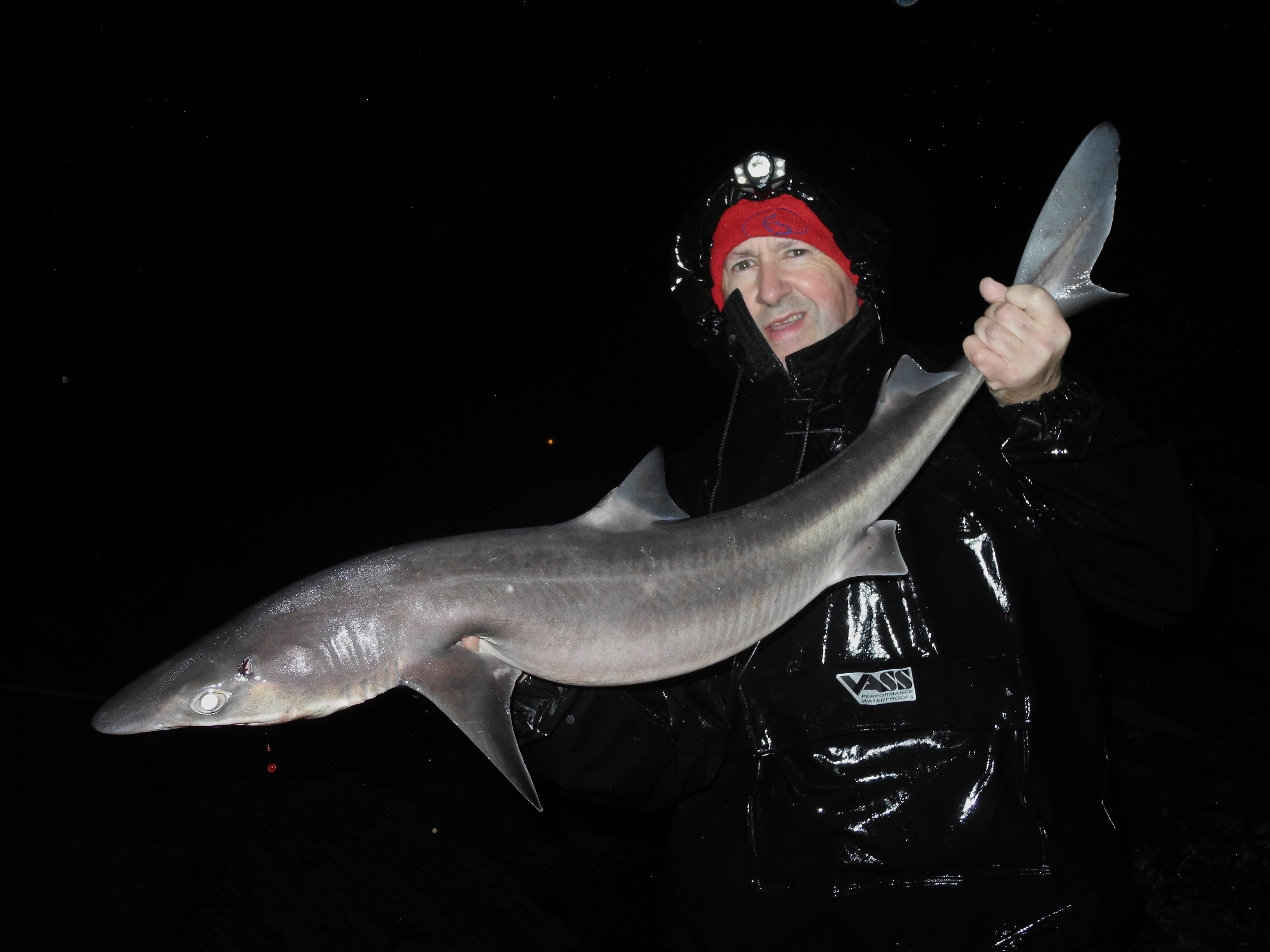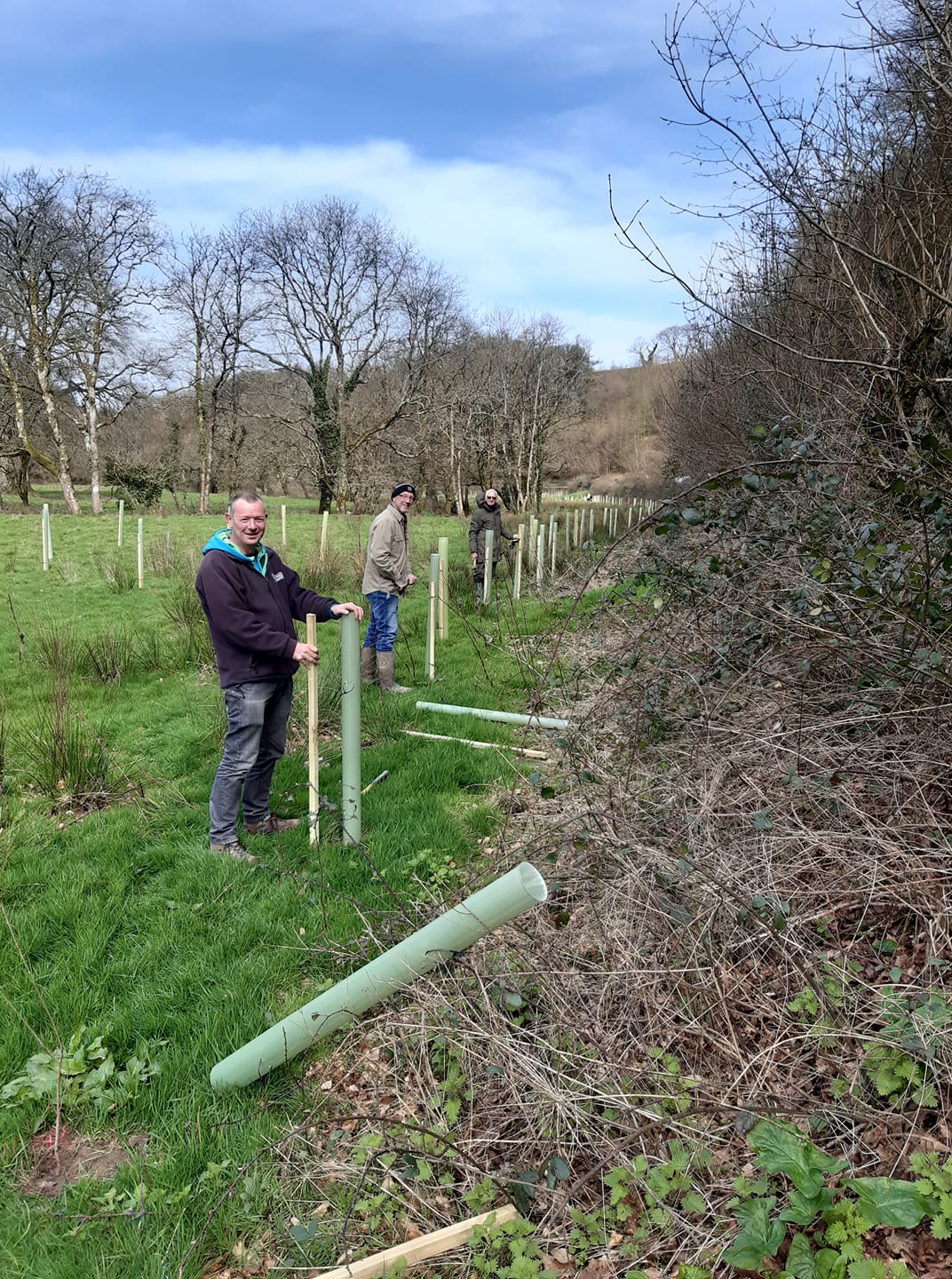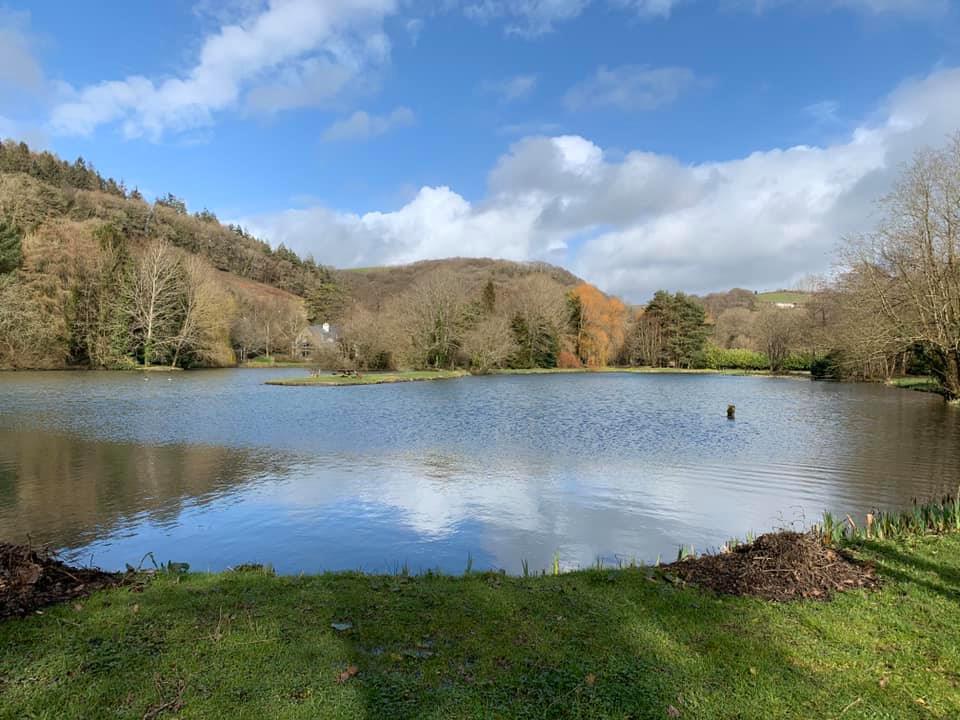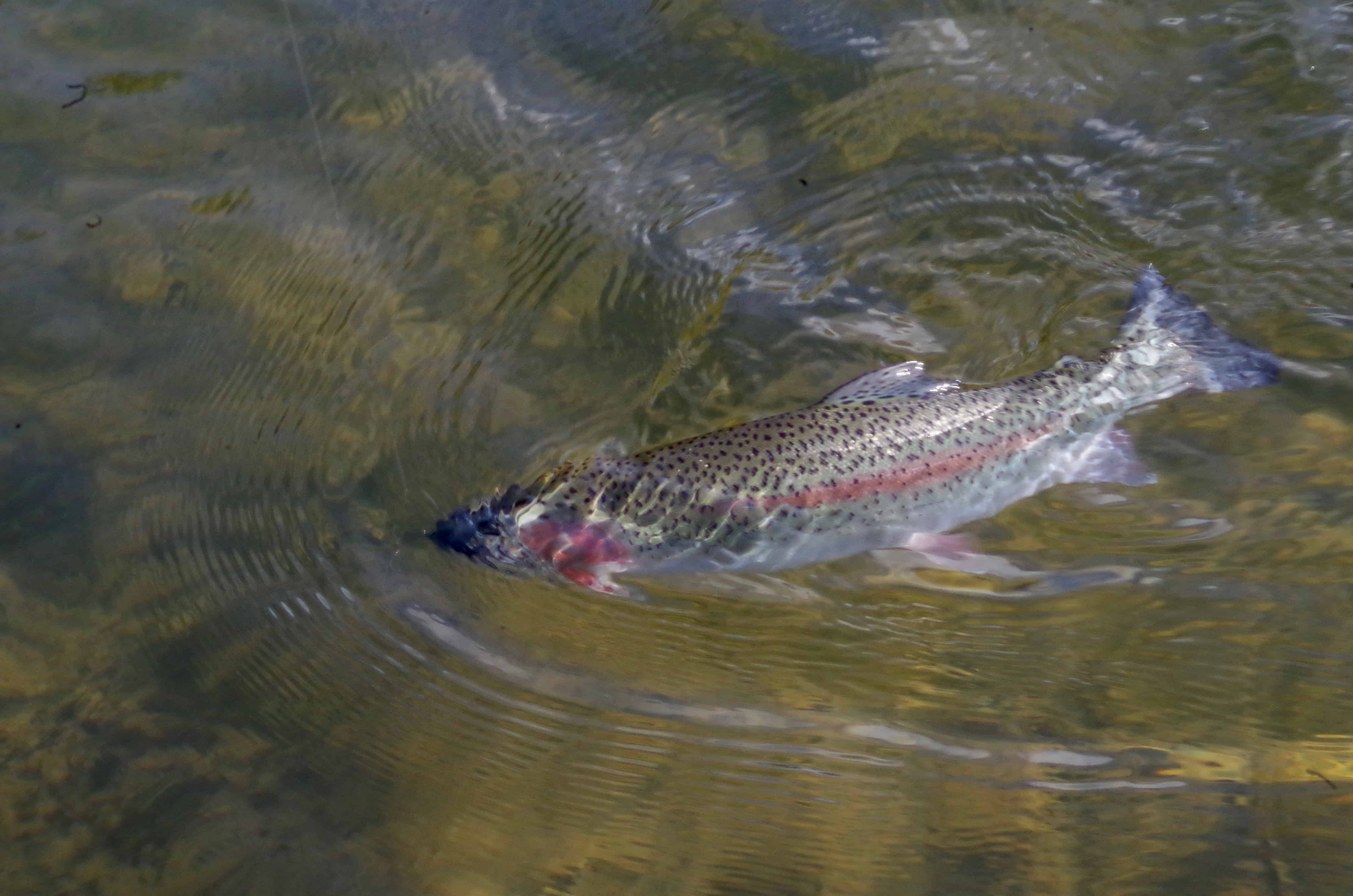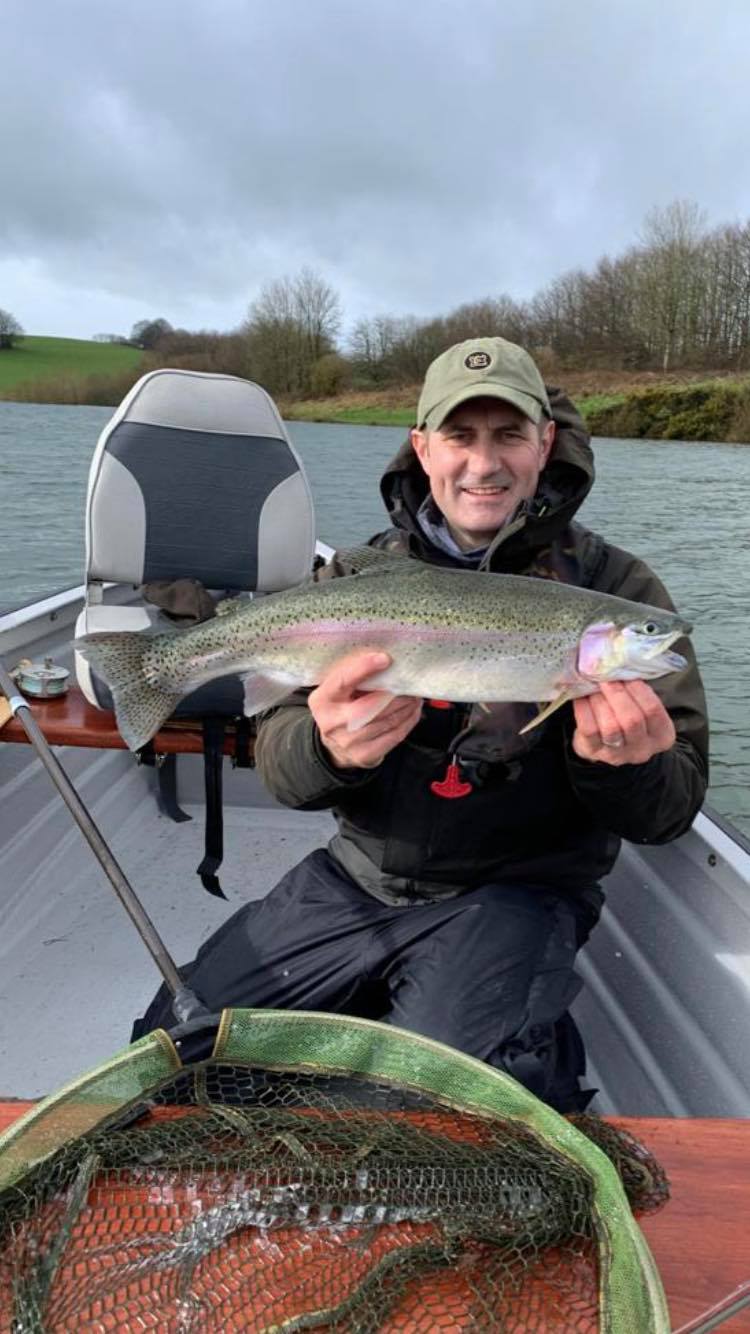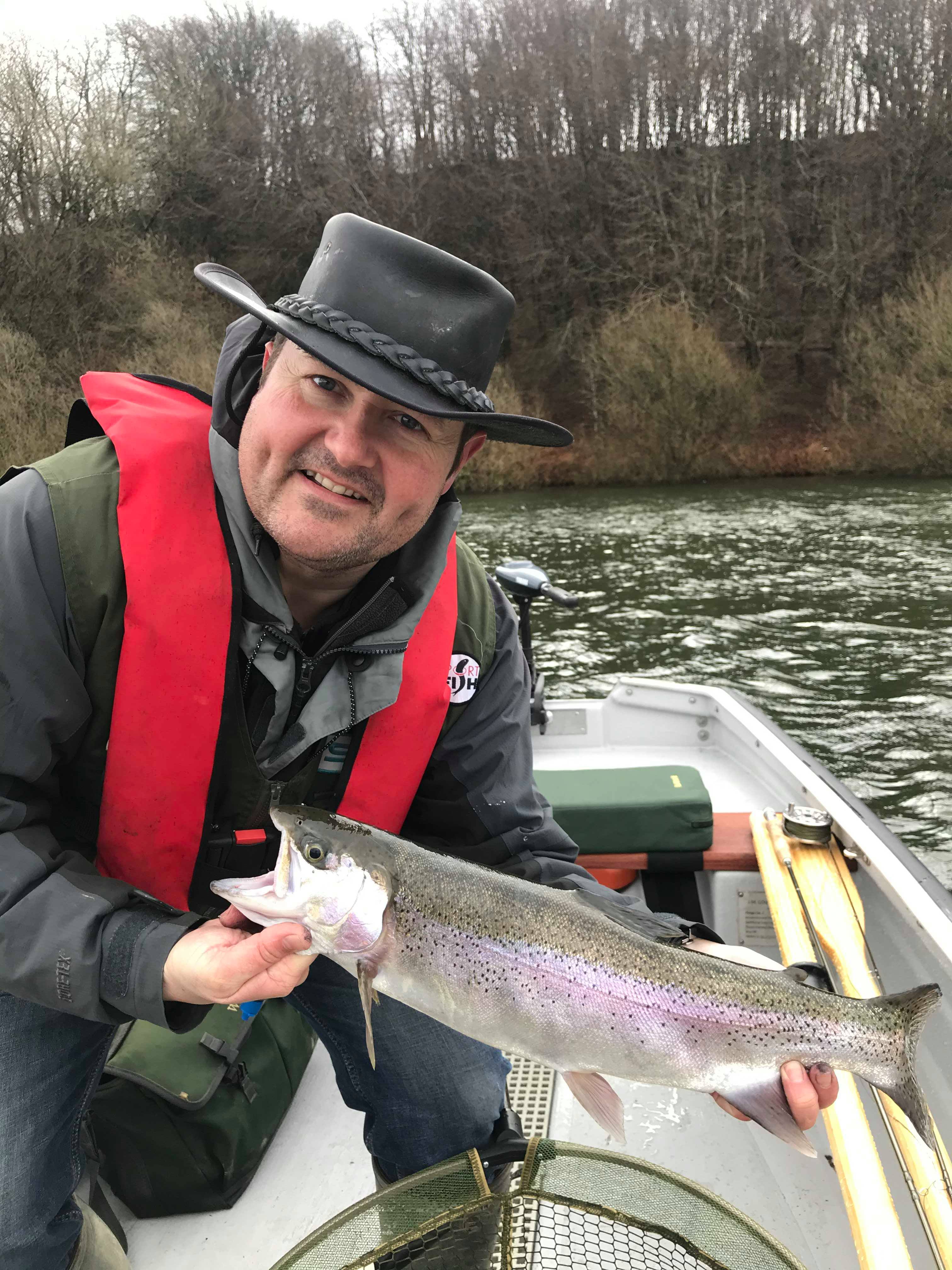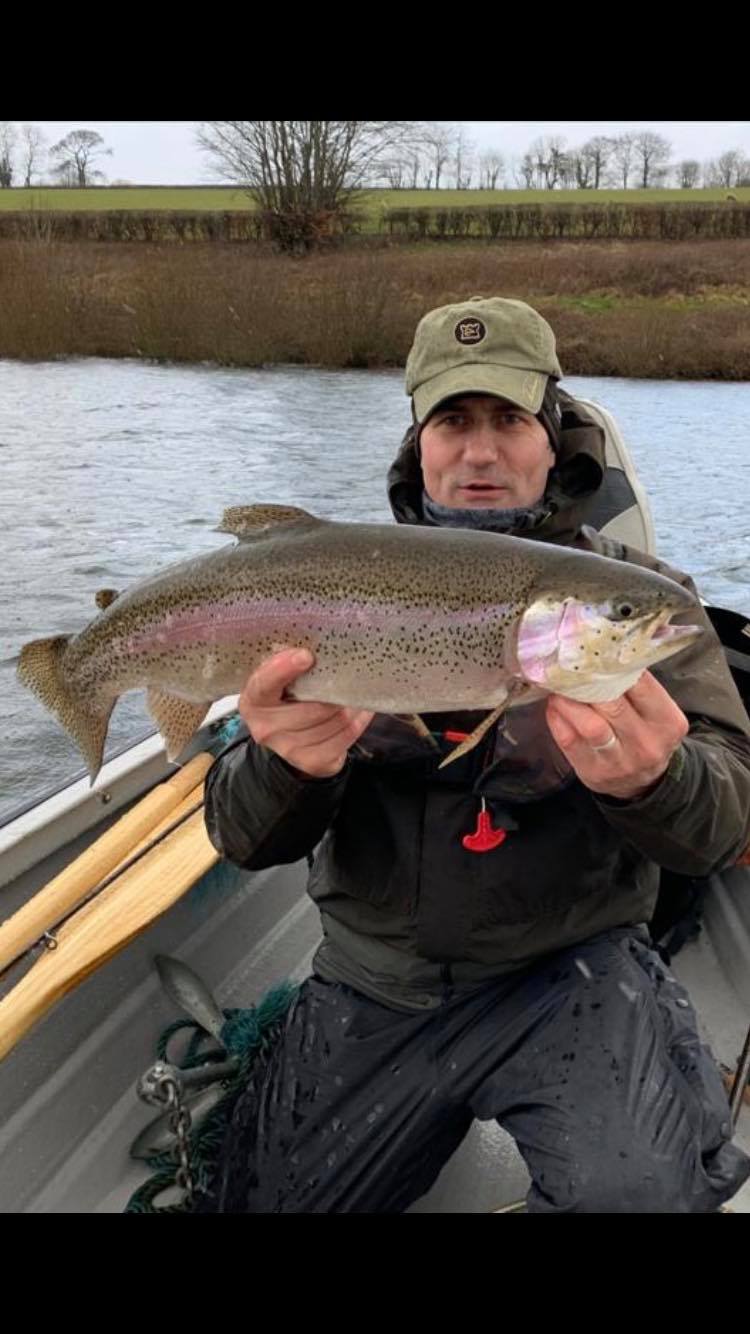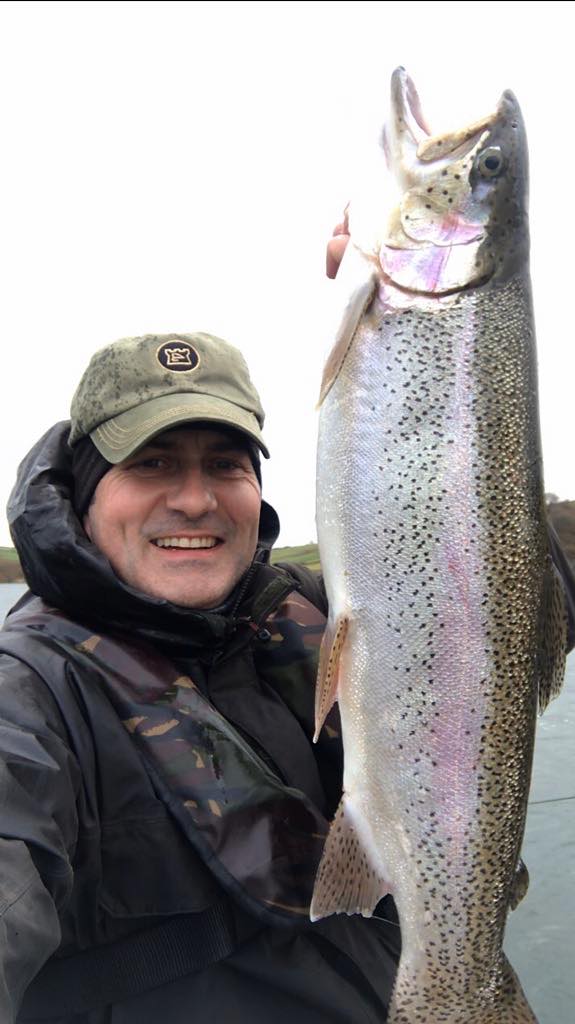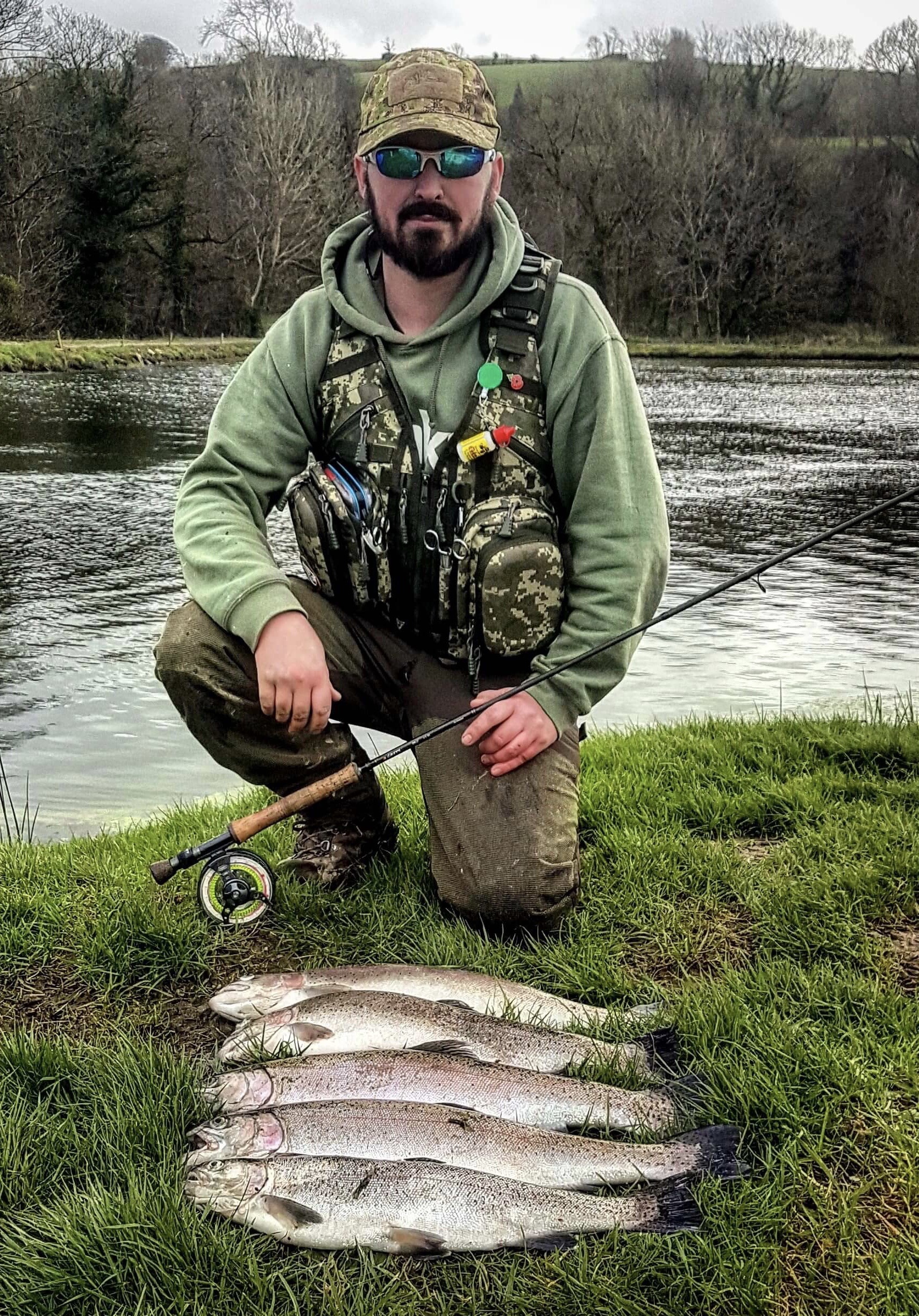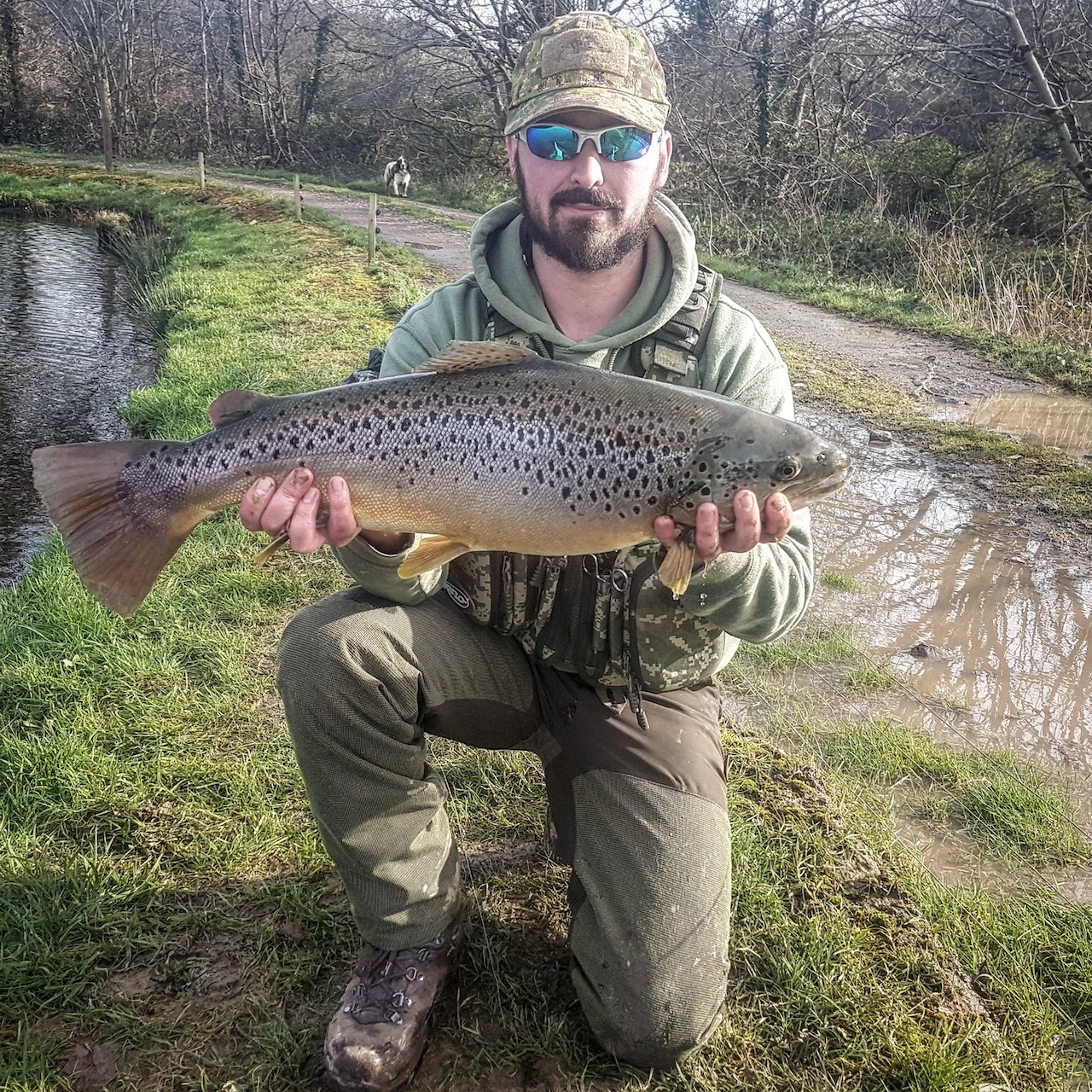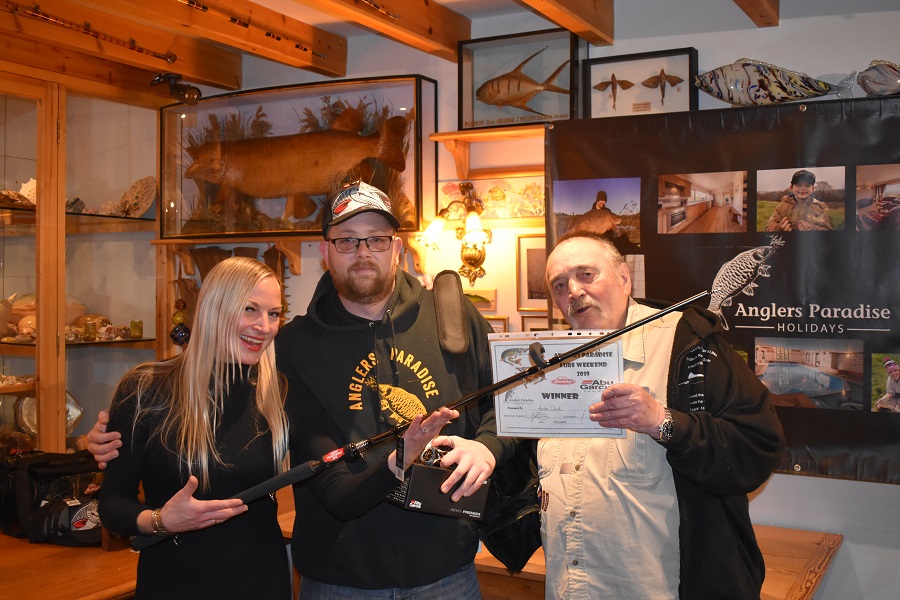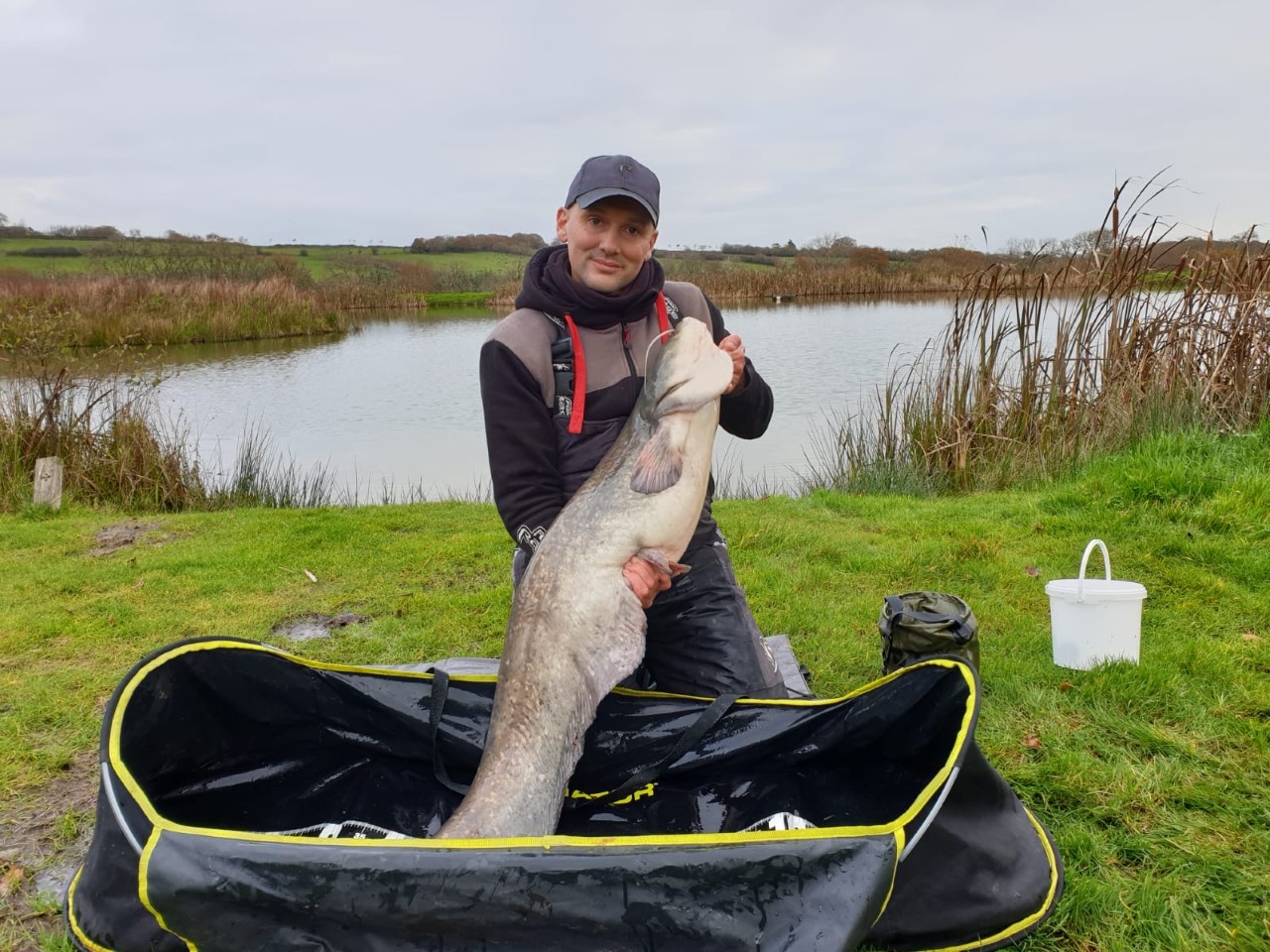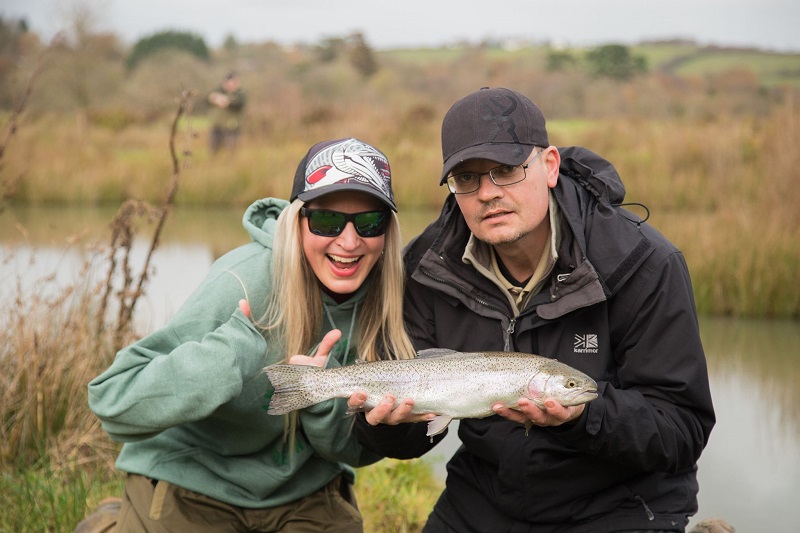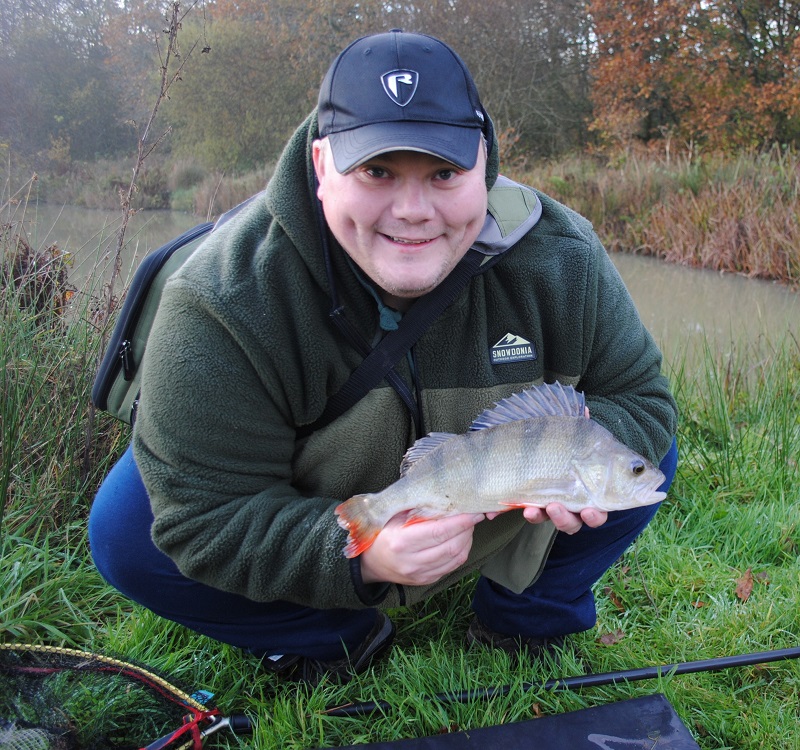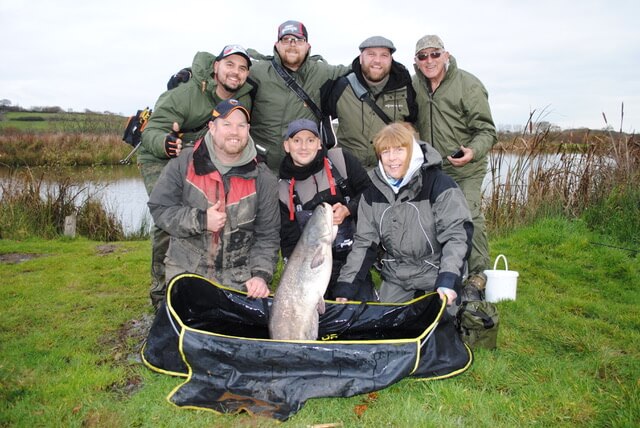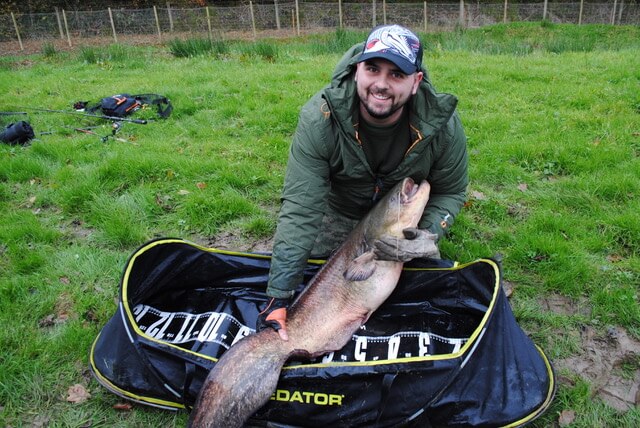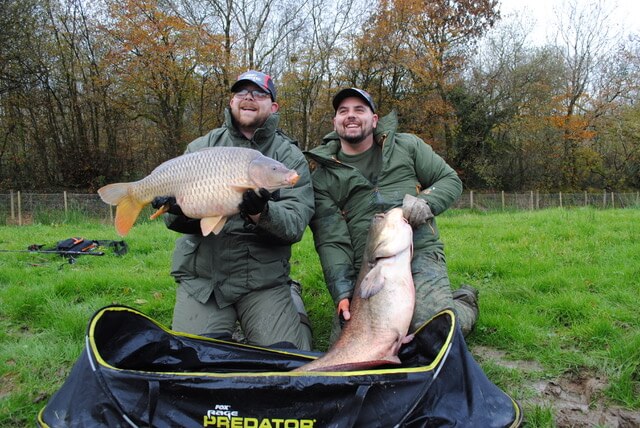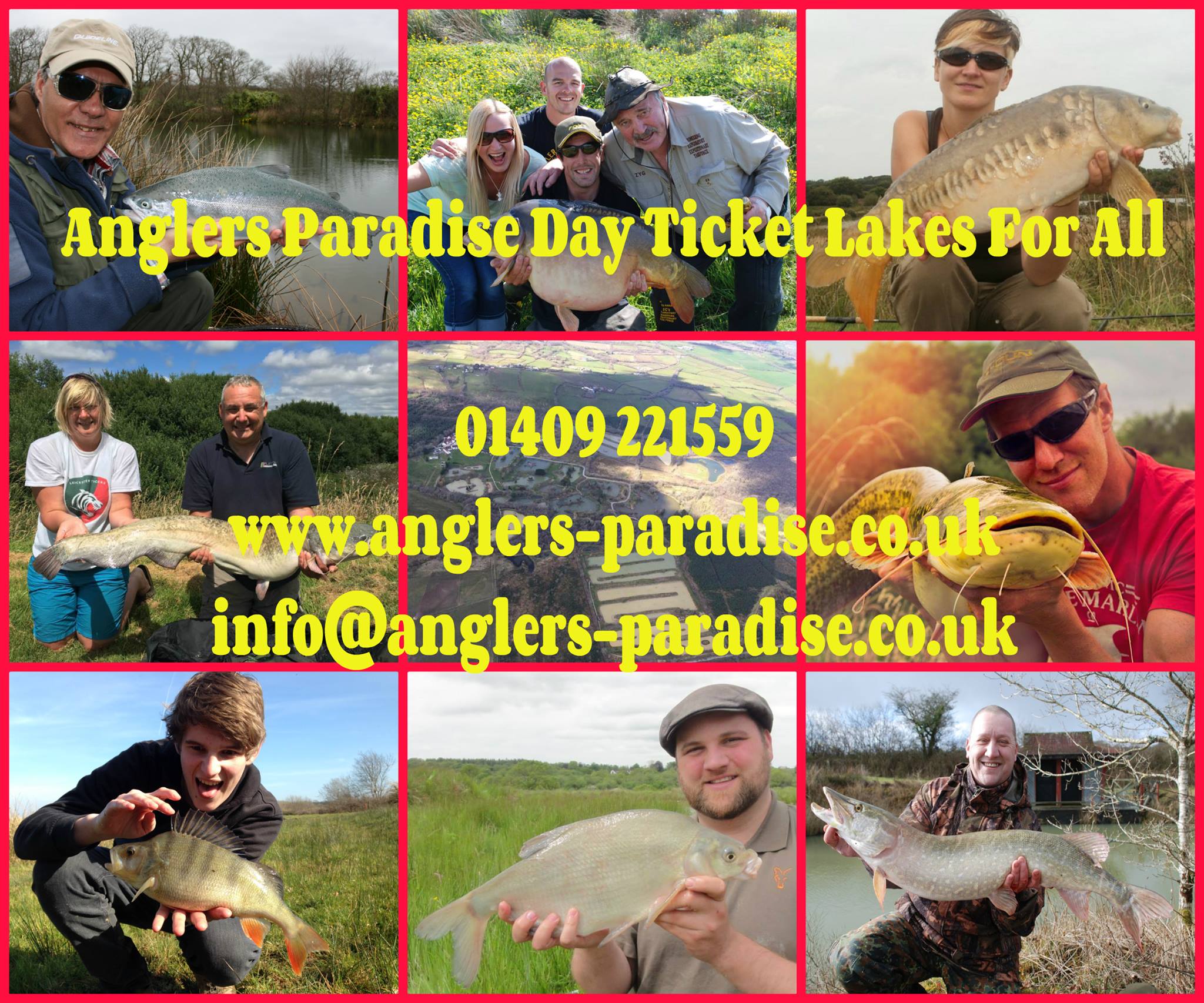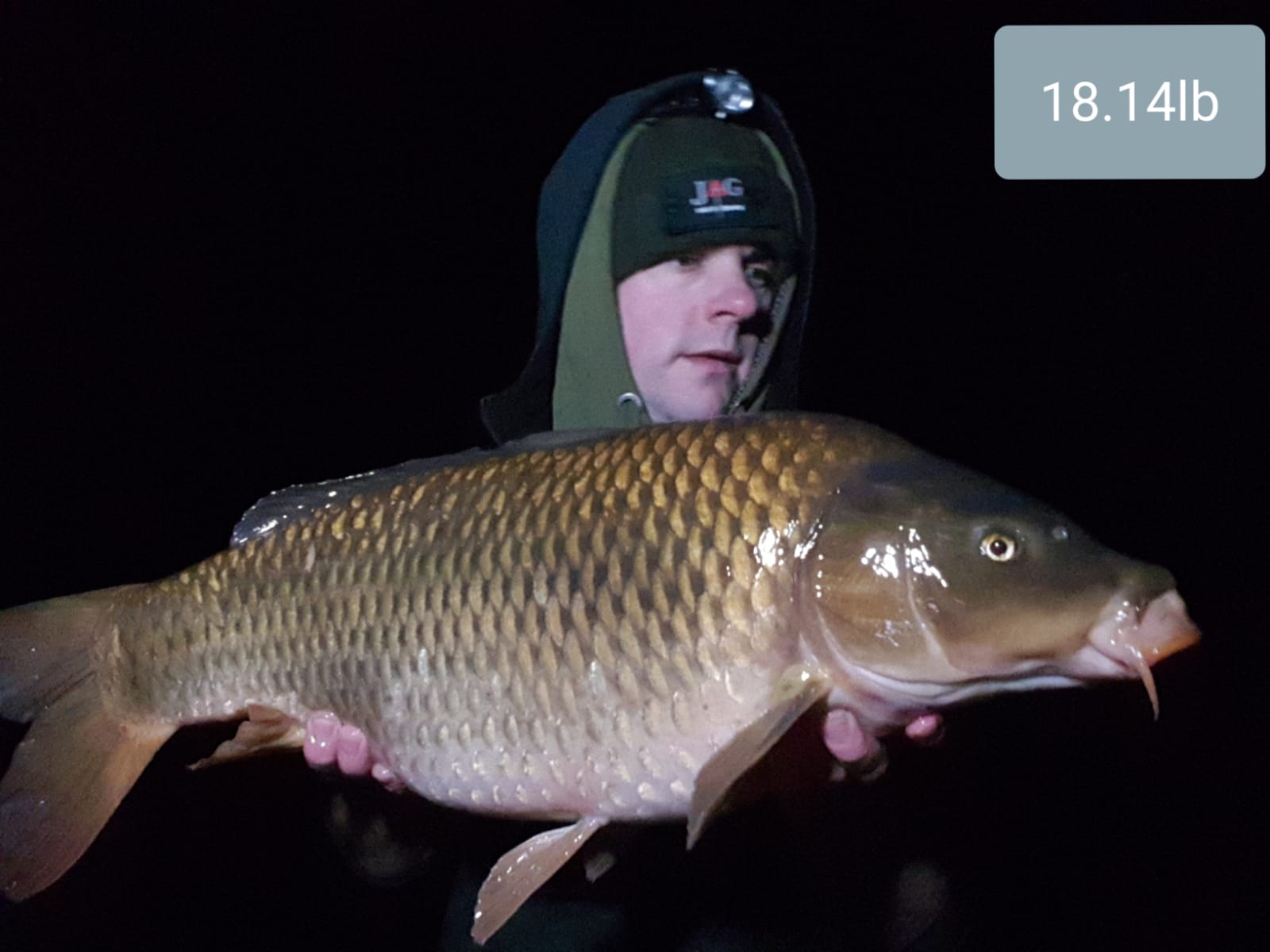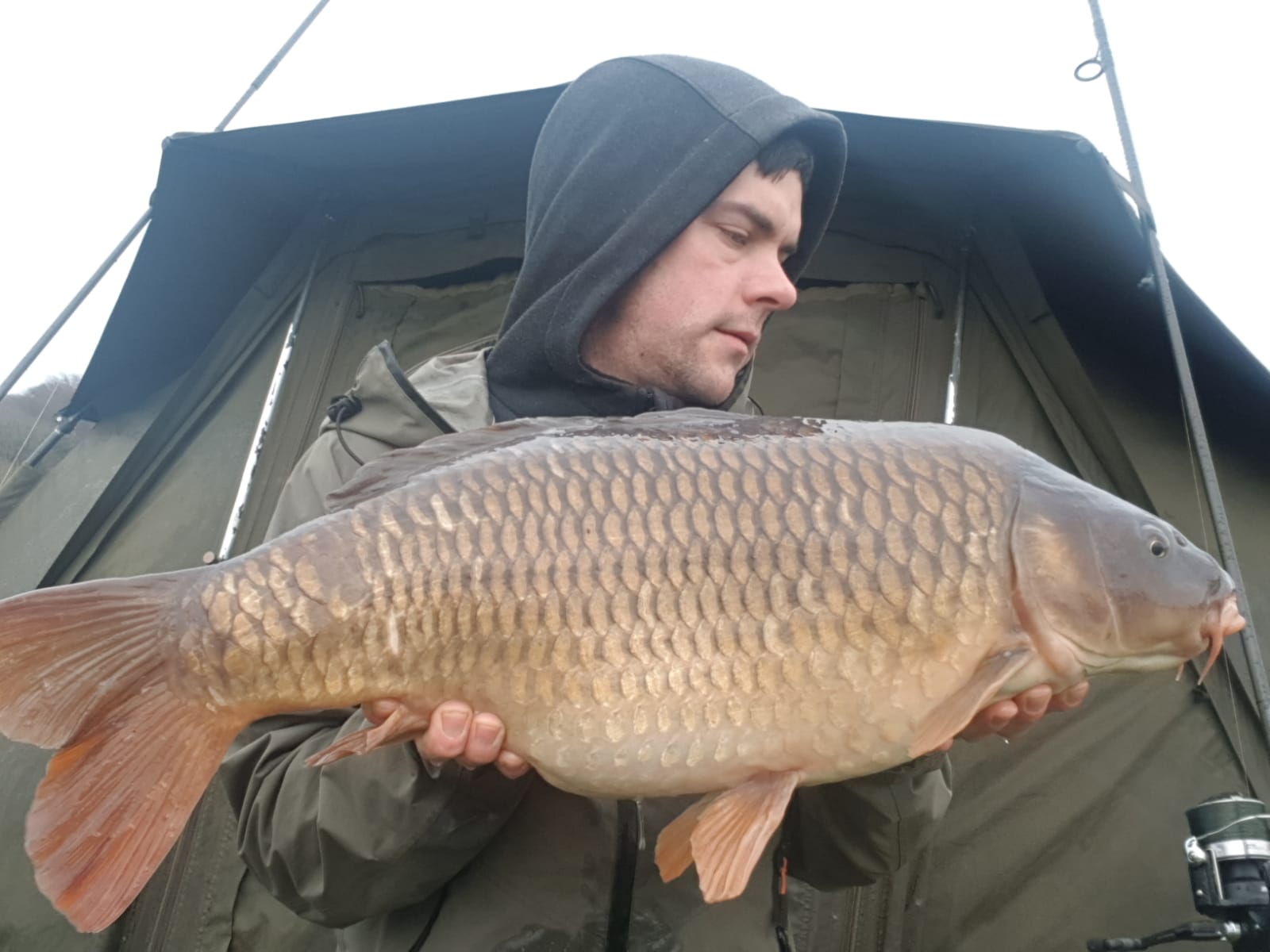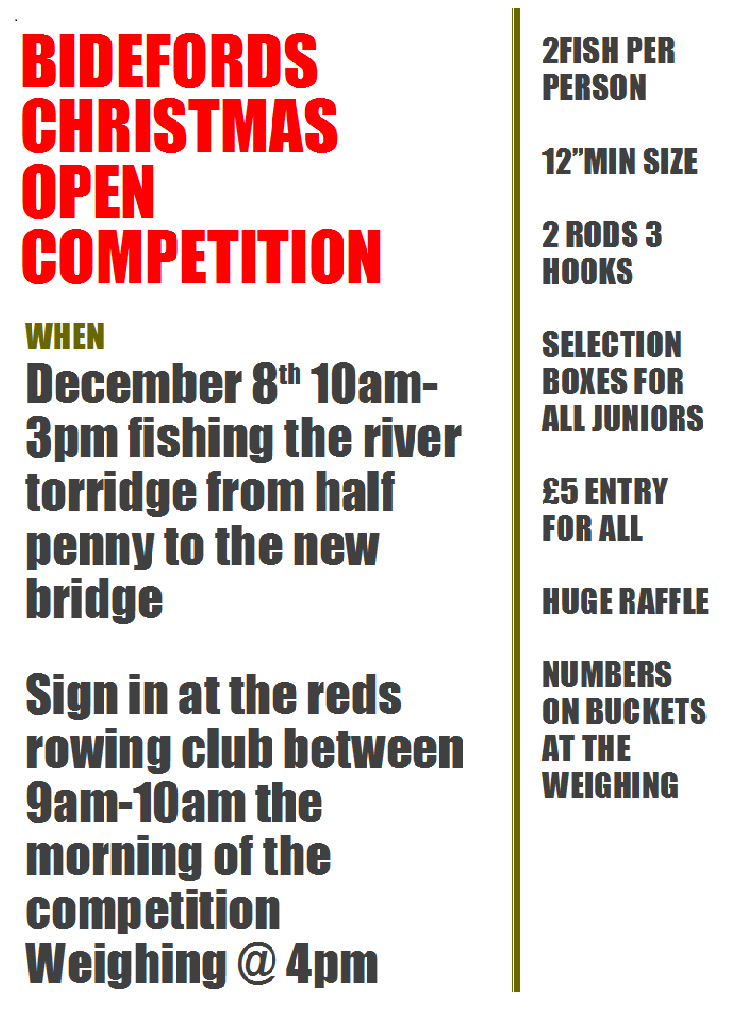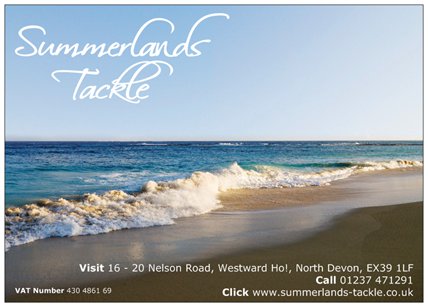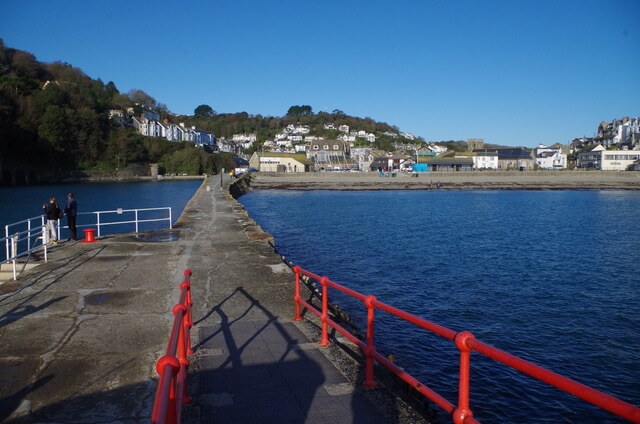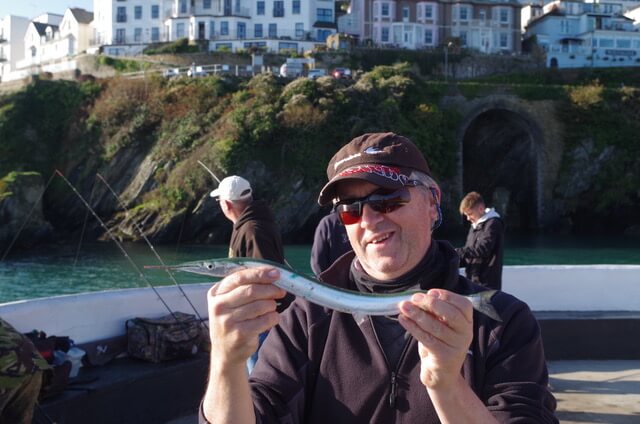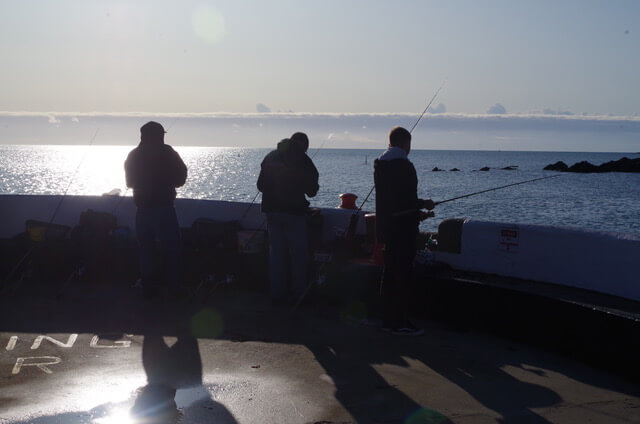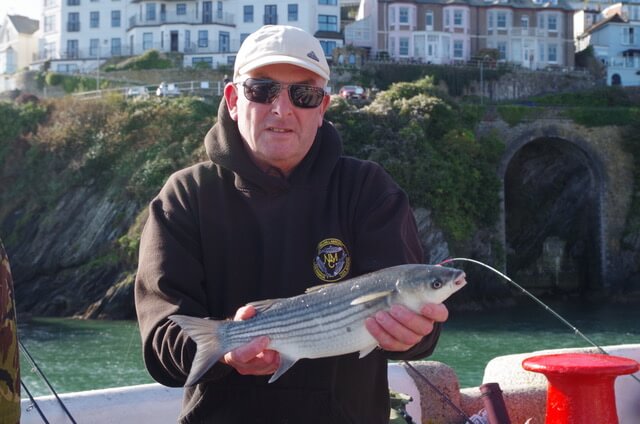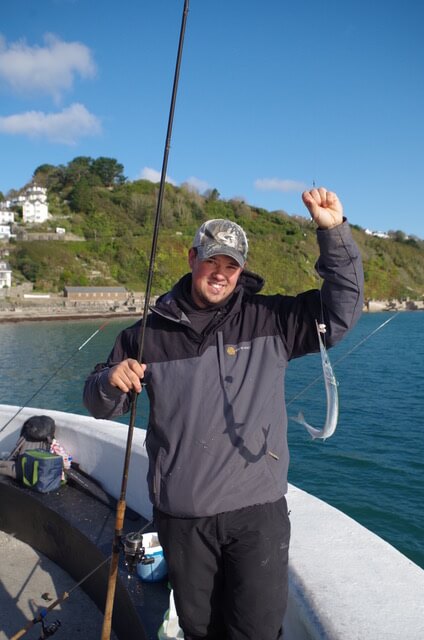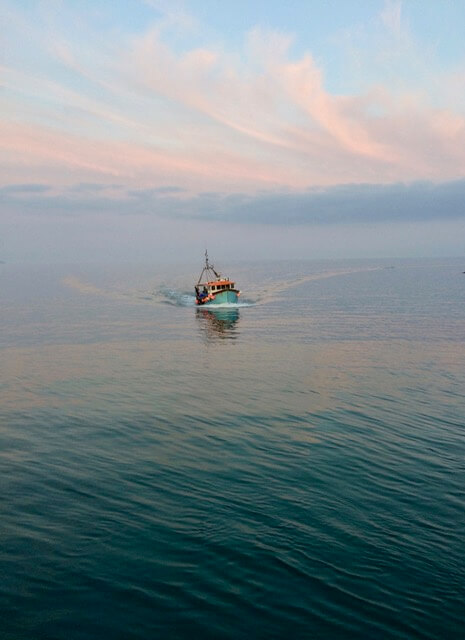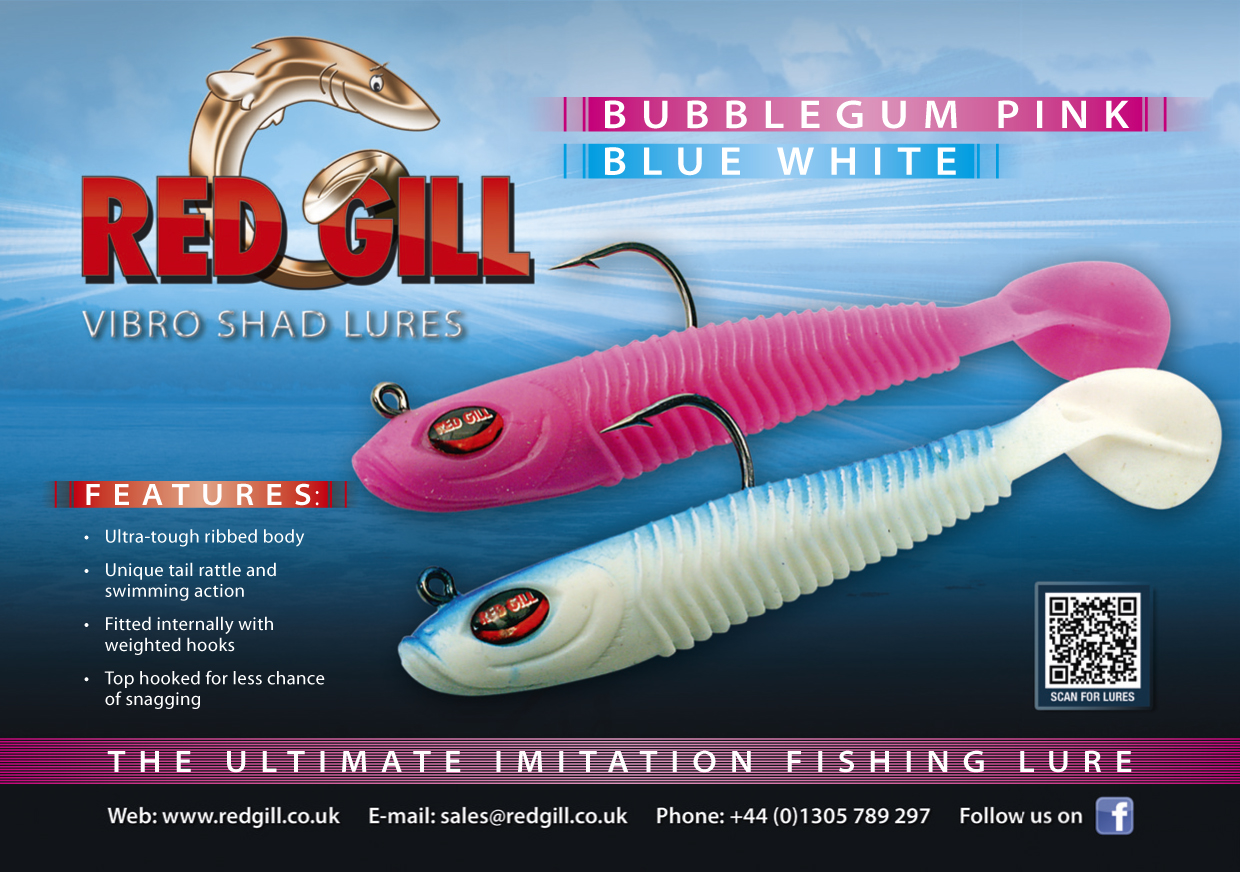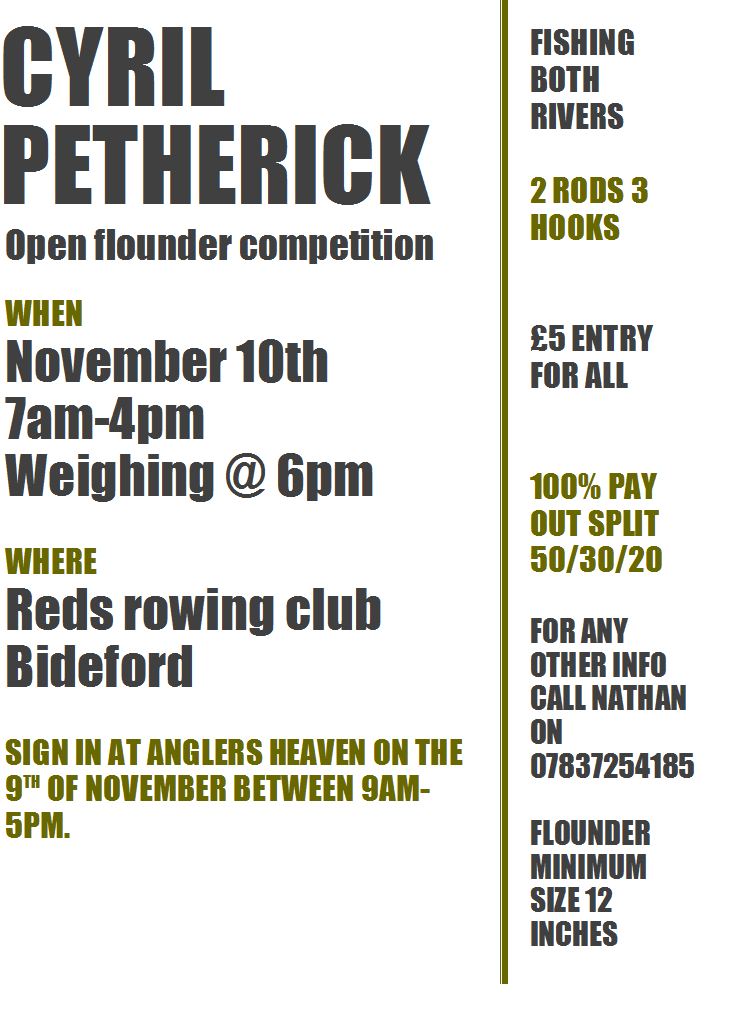A FEW NOTES ON BIG FISH CATCHING ON ROCKY SHORES
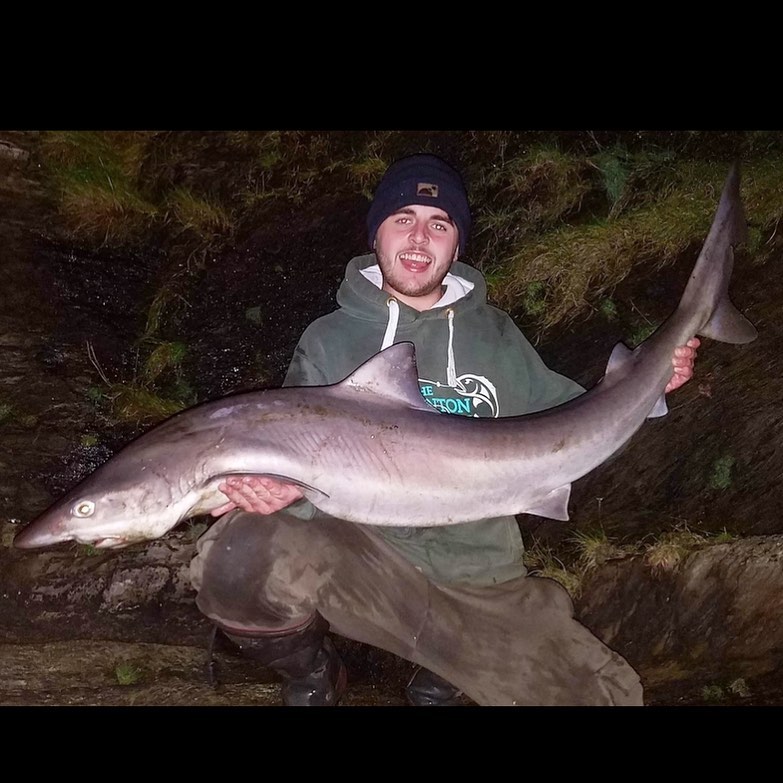
The next couple of months have much to offer the dedicated sea angler in North Devon with the open coast likely to see anglers land a variety of specimen fish. Fishing Open coast rock marks can be a dangerous pastime so always give careful consideration when planning trips. Safety should always be top of the agenda so always study the weather forecast and tide times. Local knowledge is invaluable when choosing where to fish but if this is not available study wind direction and check against a map to see how this will impact on the location. Google Maps can prove very useful for checking out marks giving some idea of topography. Ordinance Survey Maps will show public footpaths that give access to marks.
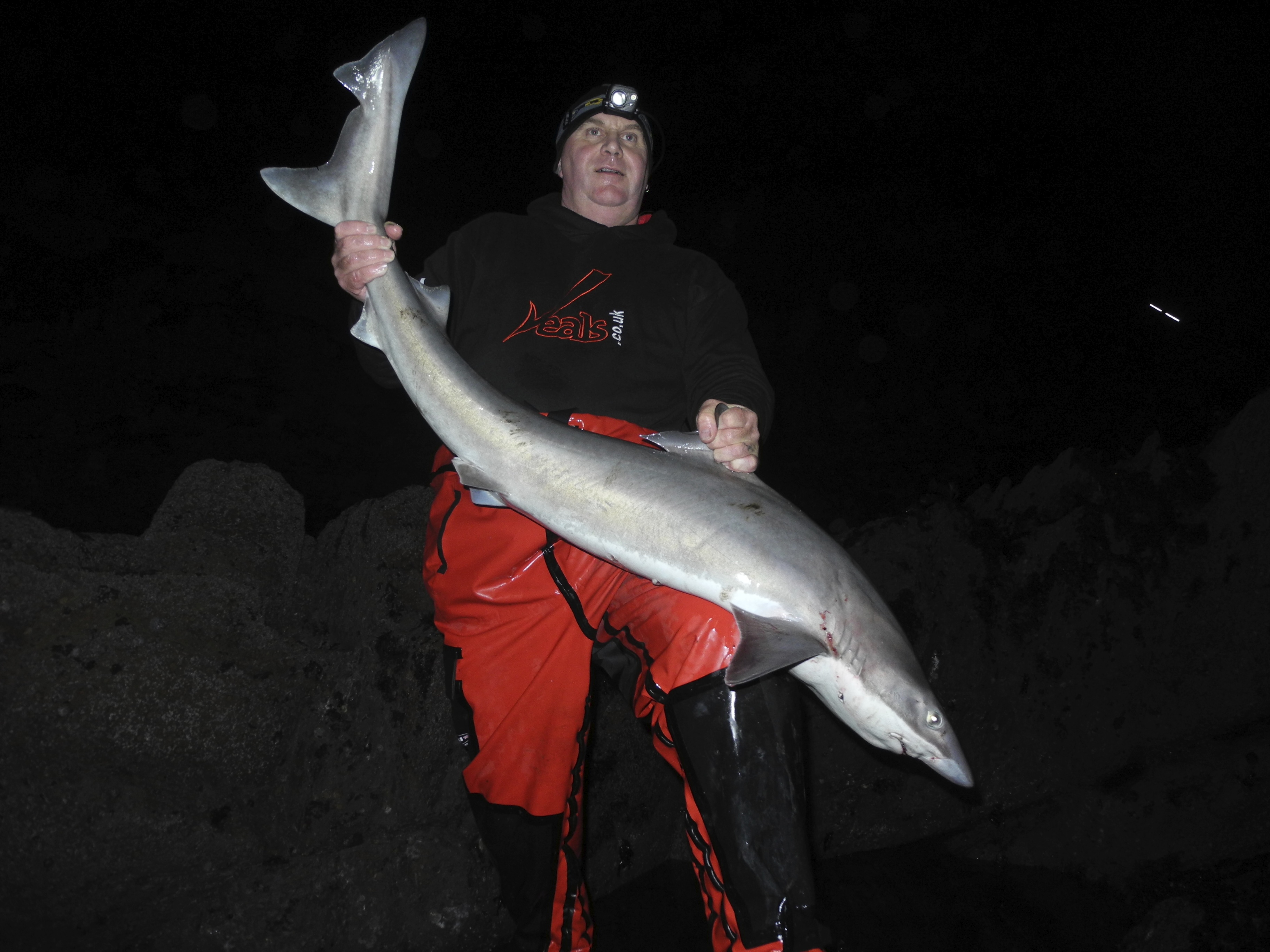
Joining a local angling club can also be a great benefit but you will need to make the effort to join and get to know the anglers before they give away all their secrets.
Always respect property and never leave litter it loses fishing and scars our marvellous coastline. It also ruins our reputation as environmentally caring.

During the winter months warm waterproof clothing is essential if you are to enjoy your fishing trips. Chillcheaters located in Braunton offer a superb range of quality gear that I can wholeheartedly recommend. Sturdy Footwear with good grip is vital for scuffling around on treacherous wet rocks. Rock Grip boots with studs are one of the best investments I have made in recent years and I struggle to comprehend how I once coped with standard wellies etc.
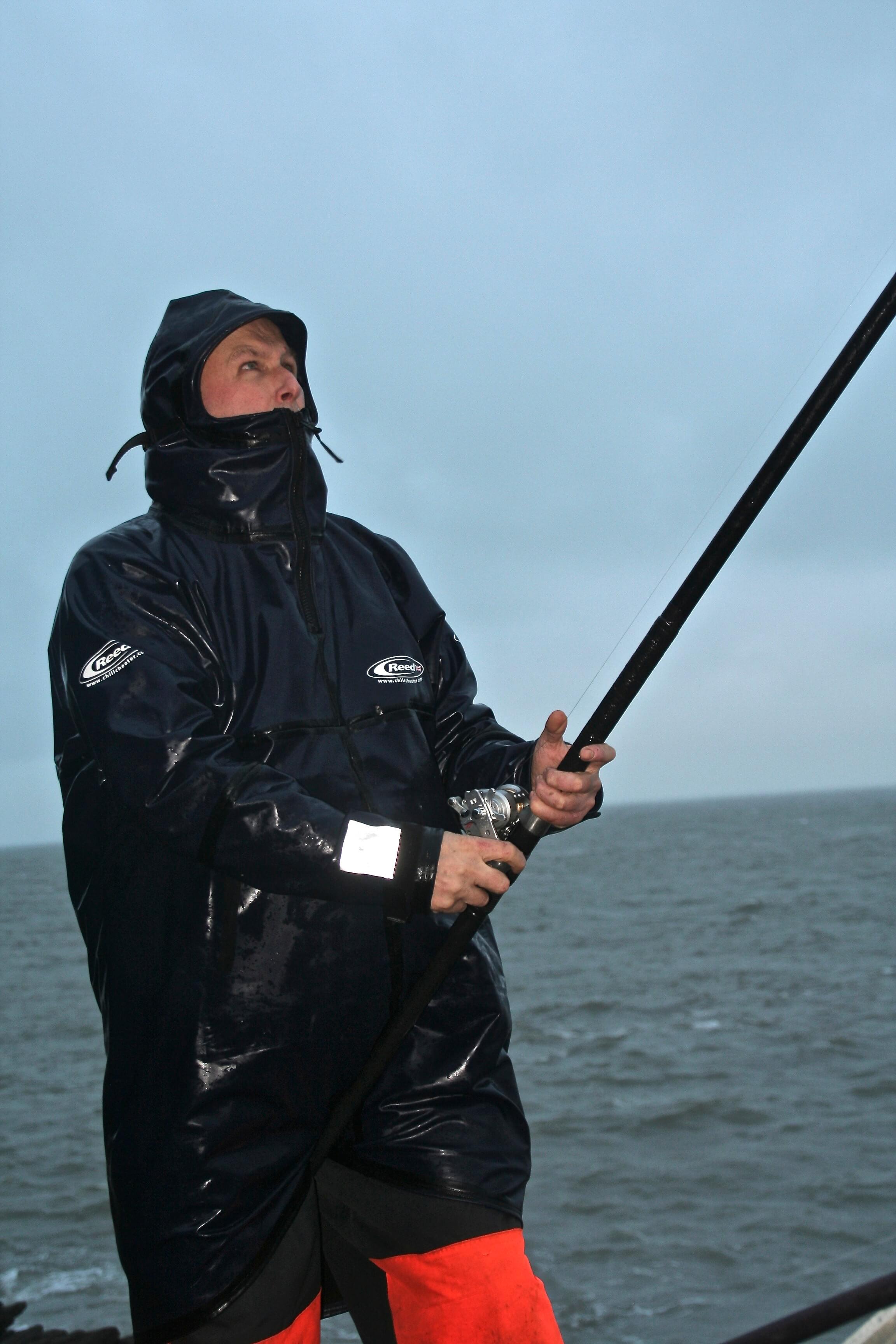
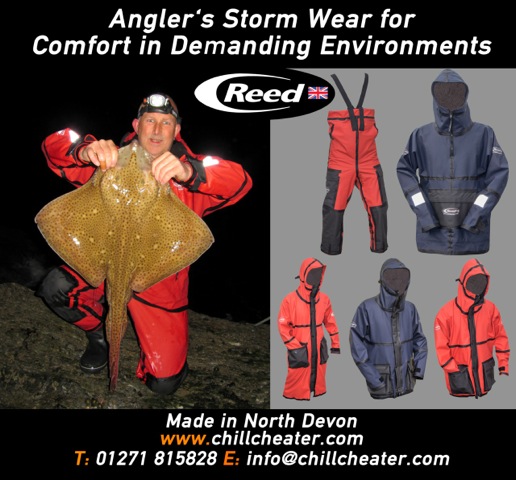
Lighting has dramatically improved in recent decades with headlights now light in weight offering powerful lighting options and long charging life with small batteries. I am currently using a Fenix HM 65 R that purchased from Veals Mail Order.


Big fish on the open coast demand strong tackle to give any chance of landing them so choose rods capable of casting 8oz, reels that can hold plenty of line with a good retrieve capable of pulling terminal tackle clear of snags and bullying big fish from rock and kelp.
Main lines of between 20lb b.s and 30lb b.s. I use a pulley rig for 90% of my winter fishing.
A leader with at least ten yards of line on the reel( With rig hanging from the rod tip) gives a chance of lifting moderate fish out of the sea. When targeting big fish I have started using Mason 49 Strand wire 175lb b.s. This is kink resistant an advantage with the large numbers of strap eels around the coast each winter.

Sakuma Manta Extra hooks are reliable with 4/0 to 8/0 suitable for big baits. A Pennel set up is probably more reliable for hook ups. There is a trend at present for using single catfish hooks. This can reduce snagging over rough ground and these hooks are without doubt capable of landing any fish hooked in the Bristol Channel.

Many will be reading this thinking that this approach is over the top. But there is no way of knowing what will take your bait. Tope, conger, spurdog, bull huss and big ray are all likely.
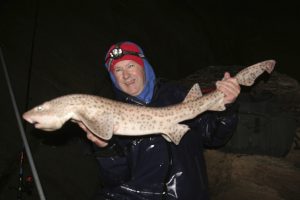
Big fish baits are order of the day with Ammo the best quality available in my experience. Mackerel, Squid, Bluey, Launce, herring, fresh pouting, whiting, rockling and flounder all have their day.
Landing fish is often the most risky time so ensure you have the right gear to give yourself a good chance. In calm conditions it might be practicle to grab the trace and fish using heavy duty gloves. Generally a long handled capacious net is the best option for bull huss and spurdog. A long handled gaff is an option if used carefully avoiding the vital organs but is a last resort in my view.
The key to success is of course being in the right place at the right time. Location + Weather + Tide + Experience and a little luck!
